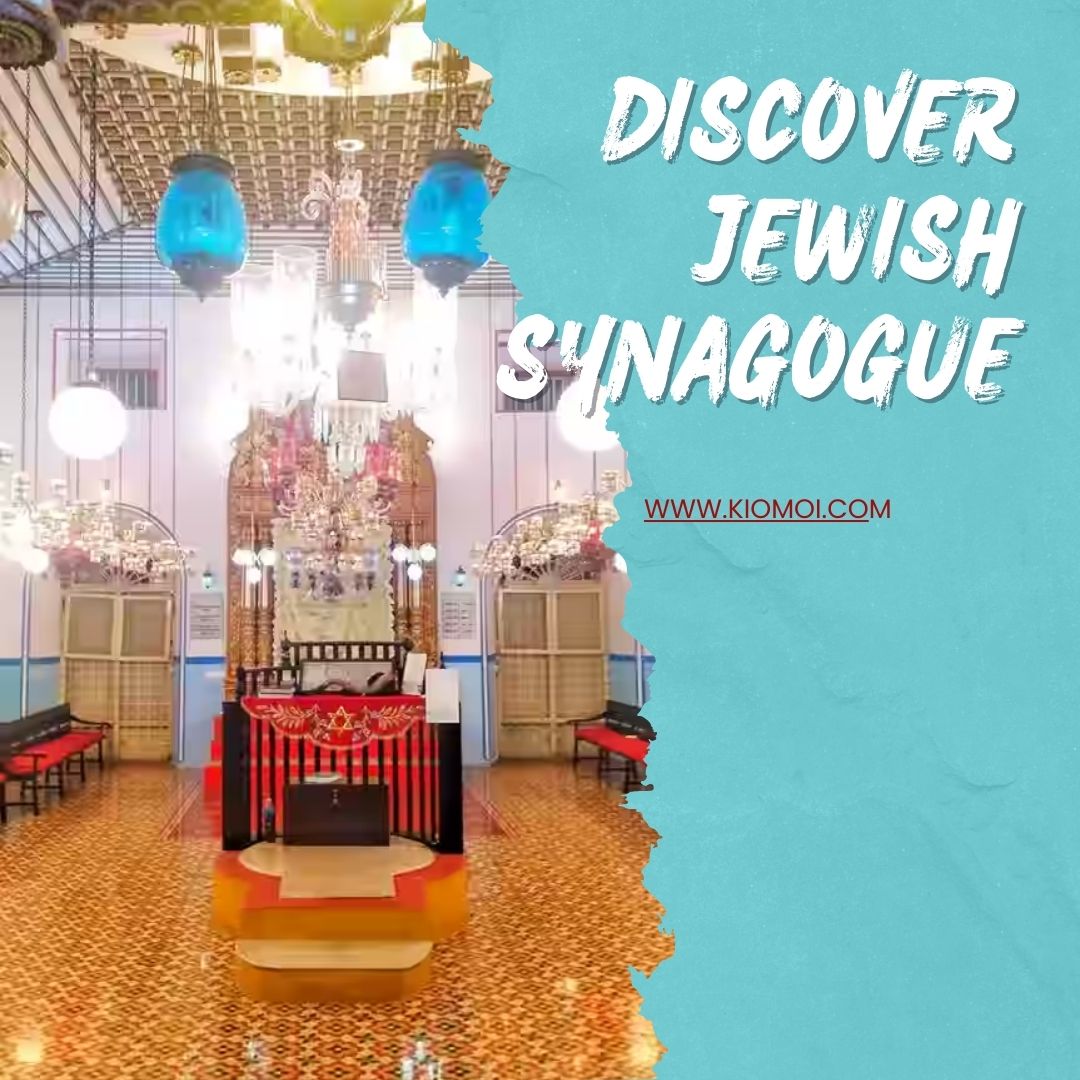The Rich Heritage of Jewish Synagogues in Cochin, Kerala

The Jewish community in Kerala, particularly in Cochin (Kochi), boasts a history that spans over two millennia, with its synagogues standing as significant cultural and historical landmarks. These sacred spaces not only serve as places of worship but also encapsulate the rich tapestry of Jewish heritage in India. In this article, we will explore the famous Jewish Synagogue Kochi Kerala, the Paravur Jewish Synagogue, delve into the history of the jewish synagogue, and discuss what Jews call a synagogue and the difference between a Jewish temple and a synagogue.
The Jewish Synagogue Cochin: A Historical Overview
The Jewish Synagogue in Cochin, known as the Paradesi Synagogue, is one of the oldest active synagogues in the Commonwealth of Nations. Located in Jew Town, Mattancherry, this synagogue has served as a spiritual and cultural hub for the Jewish community in Kerala since its establishment in 1568.
Architectural Significance
The Paradesi Synagogue features a unique blend of architectural styles, combining elements from various influences. Its stunning interiors include:
Chinese Tiles: The floor is adorned with hand-painted blue and white tiles, believed to have been imported from China. These tiles are a significant attraction, adding to the synagogue's charm.
Brass Chandeliers: The synagogue is illuminated by beautiful brass hanging lights, enhancing the sacred ambiance.
Torah Scrolls: The Paradesi Synagogue houses ancient Torah scrolls, which are central to Jewish worship and tradition.
Community Role
The synagogue has been the heart of the Jewish community in Cochin, serving as a gathering place for worship, education, and community events. Although the Jewish population in Kerala has declined significantly over the years, the synagogue remains a symbol of resilience and cultural continuity.
The Paravur Jewish Synagogue: Another Jewel of Heritage
Located approximately 30 kilometers from Cochin, the Paravur Jewish Synagogue is another important site that showcases the history of the Jewish community in Kerala. Established in the 16th century, it reflects the deep-rooted traditions and culture of the Jews in the region.
Architectural Features
The Paravur Synagogue boasts a distinct architectural style characterized by:
Intricate Woodwork: The wooden beams and ceilings are beautifully crafted, showcasing traditional Kerala craftsmanship.
Mural Work: The walls are adorned with stunning murals that depict scenes from Jewish life and heritage.
Community Engagement
Like its counterpart in Cochin, the Paravur Jewish Synagogue remains an important site for the few remaining Jewish families in the area. It serves as a venue for cultural events, festivals, and communal gatherings, keeping the traditions alive.
The History of the Jewish Synagogue
The history of Jewish synagogues in Kerala is intertwined with the broader history of the Jewish community in India. The earliest Jewish settlements in the region are believed to date back to the time of King Solomon, with many Jewish traders arriving in Kerala to engage in the spice trade.
Migration and Settlement
As trade flourished, Jewish communities established themselves in various parts of Kerala, including Cochin and Paravur. They built synagogues that became central to their community life. The Jewish population in Kerala thrived for centuries, with synagogues serving as places for worship, education, and social interaction.
Decline of the Community
Despite their rich heritage, the Jewish community in Kerala has faced significant decline since the mid-20th century. Many Jews emigrated to Israel and other countries, leading to a reduction in the population. However, the remaining synagogues stand as symbols of a once-thriving community.
What Do Jews Call a Synagogue?
In Hebrew, a synagogue is referred to as a "Shul" (a Yiddish term meaning "school") or "Beit Knesset," which translates to "House of Assembly." These terms reflect the synagogue's dual role as a place of worship and a community gathering space.
Synagogues are more than just buildings; they are vital centers for Jewish life, where congregations come together for prayer, study, and community events. The term "Beit Knesset" emphasizes the importance of communal gathering and the practice of Jewish faith.
What Is the Difference Between a Jewish Temple and a Synagogue?
While the terms "temple" and "synagogue" are often used interchangeably, they have distinct meanings in Jewish tradition:
Synagogue: A synagogue is primarily a community center for worship and study. It serves as a place where congregational services take place, and it is where the community gathers for educational activities and social events.
Temple: The term "temple" historically refers to the ancient Temple in Jerusalem, which was the central place of worship for the Jewish people. The First Temple, built by King Solomon, and the Second Temple, reconstructed after the Babylonian exile, were both pivotal to Jewish worship. Today, the term "temple" is also used by some Reform Jews to describe their houses of worship, distinguishing them from traditional synagogues.
Key Differences
Purpose: A synagogue serves as a communal space for worship and learning, while a temple refers specifically to the historical site in Jerusalem or is used in a contemporary sense by certain Jewish denominations.
Architectural Features: Temples may have distinct architectural designs that differ from traditional synagogues, reflecting their unique historical and religious significance.
Conclusion
Jewish Synagogue Kochi Kerala, particularly the Paradesi Synagogue and the Paravur Jewish Synagogue, stand as enduring symbols of a rich cultural and religious heritage. They provide valuable insights into the history of the Jewish community in Kerala and continue to serve as places of worship and community engagement.
Despite the decline in the Jewish population, these synagogues remain vital cultural landmarks, attracting visitors from around the world. As you explore the streets of Cochin and Paravur, take the time to visit these remarkable sites, immerse yourself in their history, and appreciate the enduring legacy of the Jewish community in this beautiful region.
Original source: www.kiomoi.com
Recommended
.jpeg)





Comments